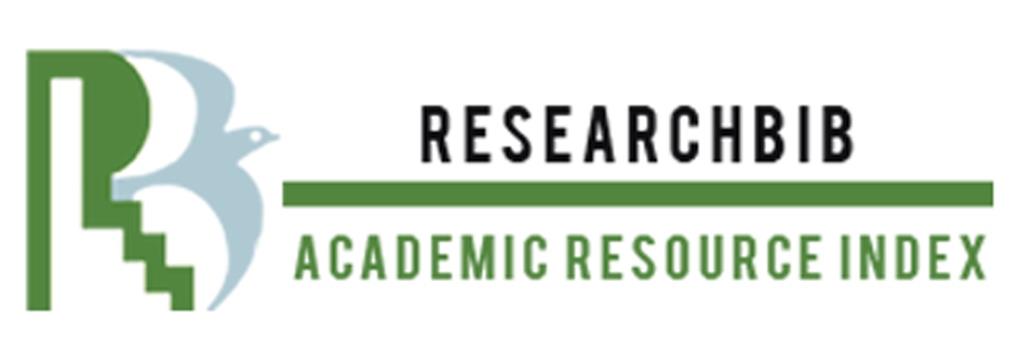THE USAGE OF NONVERBAL MEANS IN DIALOGUE
Keywords:
nonverbal means, verbal means, gestures, facial expressions, addressee, universal, information, communication, dialogue, kinesics.Abstract
The article focuses on the usage of nonverbal means and their features and advantages in dialogical speech as well as the functions of non-verbal means in dialogic speech. The author, on the basis of literature and her professional experience, describes the role of nonverbal means in communication and importance of using nonlinguistic signs in dialogic speech. The speech activity of a person is valid in three ways: speaking, reading and cooperation. Talking means that the speaker gives information, advises, and asks about unknown things. While speaking, the speaker's knowledge, culture, morals and manners are identified. Nonverbal means play an important role in the literary text. Their function is manifested in the expression of human inner feelings, attitudes to others. But in communication, a person's attitude to the external environment, to show something, to explain, to express his opinion, is culturally different. Also, nonverbal means that reflect human inner feelings are innate and universal, and culturally differentiated gestures are related to human behavior, upbringing, living environment, and culture, since they can be conditionally called natural and social nonverbal means.
References
Bakhtin M. Problem of the Text. T, 5. 1961. – Р. 318.
Buber M. Ich und Du. In M. Buber. Das dialogische Prinzip Gerlingen, 1930. – P.20.
John R. Baldwin, Robin R. 2014. Means Coleman, Alberto Gonzalz, Suchitra Shenoy-Packer. Intercultural Communication for Everyday Life. – UK. 2014. – P. 114.
Kendon. A. Geography of Gesture, Semiotica, 37 . – Cambridge, 1981. – P. 134
Westerink L.G. Ananymous Prolegomeno to Platonic Philosophy, Introduction text, Translation and Indices. Amsterdam, IV, 15. 1962. – Р. 12.
Buber M. Ich und Du. in M. Buber. Das dialogische Prinzip Gerlingen. 1930. – P. 19; Bohm D. On Dialogue. – Routledge, 1996; Dmitri Nikulin. On Dialogue. – Oxford, 2006; Bakhtin M. Problem of the Text, T, 5. 1961. Лафасов Ў. Диалогик нутқда субъектив модалликнинг ифодаланиши: Филол.фанлари номзоди...дисс – Тошкент, 1996; Бабаева Д. Нутқ ўстириш назарияси ва методикаси. Дарслик – Тошкент, 2018; Каримова Ф. Ўзбек тилидаги диалогик нутқнинг лингвопрагматик хусусиятлари: Филология фанлари бўйича фалсафа доктори (PhD) диссертацияси автореферати. – Тошкент, 2021.
Хлыстова, Вероника Геннадьевна. Функционально-структурная и семантическая характеристика кинематических речений, отражающих коммуникативный аспект кинесики: На материале английского языка: диссертация ... кандидата филологических наук: 10.02.04. – Нижний Новгород, 2005. – С. 151.
Поршнев В. Ф. О начале человеческой истории (Проблем),нa неопсихологии). – М., 1974. – С. 474.
Конецкая В.П. Социальная коммуникация. - М.: Междунар. yн-т бизнеса и управления, 1997. – С. 124.
Горелов И.Н., Седов К.Ф. Основы психолингвистики. М,: Лабиринт, 1998. – С. 56.
Накашидзе Н.Б. Кинесика и ее вербальное отражение в характеристике персонажей художественного произведения: на материале англо-американской художественной прозы XX века. Автореферата по ВАК РФ 10.02.04, кандидат филологических наук. – M., 1981. – С. 133.
https://aim.uz/referaty/59-psikhologiya/19679-muloqotning-verbal-noverbal-paralingvistik-ta-sir-vositalari.html. Date of address: 05.08.2021
https://uz.denemetr.co. “Ўқитувчи нутқи маданияти фанини ўрганишнинг мақсад ва вазифалари”. Date of address: 08.09.2021.
https://studfile.net/preview/4416136/. Date of address: 10.09.2021.














